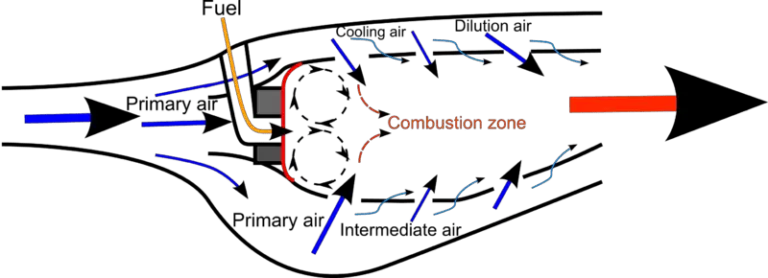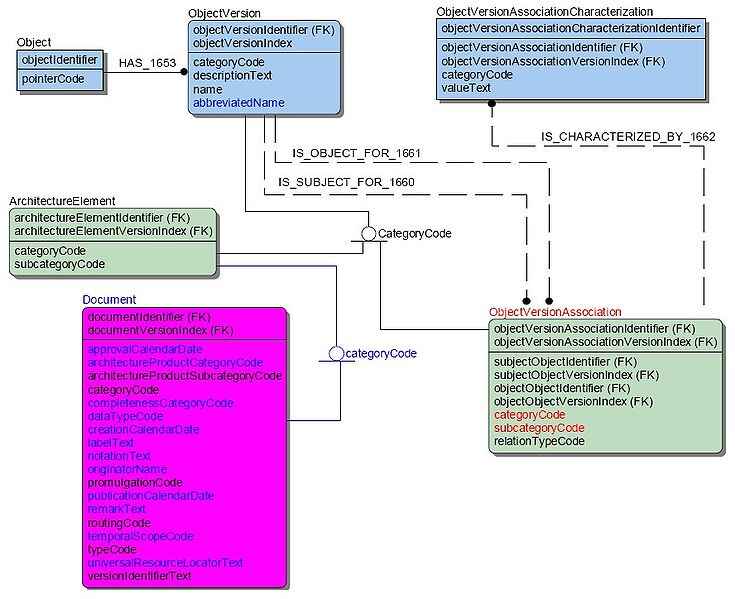5 Disadvantages of Organic Solar Cells Explained
Disadvantages of organic solar cells are; low efficiency, relatively-short lifetime, low stability, degradation from air exposure, and solar energy dependence.
This article discusses the disadvantages of organic solar cells, as follows;
1). Low Efficiency (as one of the Disadvantages of Organic Solar Cells)
Organic solar cell efficiency has an average value of 11%. This is much less than the average efficiency of silicon solar cells (15%), and can be attributed to some factors.
One of these factors is the diffusion length of excitons in the organic semiconductor.
Excitons refer to electron-hole pairs that form as a result of the photoelectric effect on the surface of a material [2]. In order for electricity to be generated by a solar cell or solar panel, these excitons must migrate or ‘diffuse’ from the point at which they assemble, to the electrode from which electrons can be transmitted to the point of use.
In organic semiconductors, the diffusion length of excitons is generally short [3], ranging between 10 and 20 nm. This reduces efficiency, since the electrons accumulated as a result of solar energy conversion, cannot easily flow through the photovoltaic semiconductor.
Low efficiency is one of the most significant disadvantages of organic solar cells, because the energy efficiency of solar technologies determines both their performance and their energy conservation potential.
Many of the advantages of organic solar cells are overridden by their relative-low efficiency, since this is the most important factor with respect to electricity generation by the cell. Low efficiency implies that the overall power output of OSCs is less than that of conventional solar cells.
Under practical conditions, organic solar cells rarely exceed 10% efficiency. This is further affected by the direct impact of environmental conditions on the cell.
While organic solar cells are a renewable energy technology and environment-friendly, their performance is less than optimal when used in areas with unfavorable environmental conditions.
This includes areas where the effects of climate change and harsh weather events like heat waves are common, as well as areas with poor air quality, and desertification tendencies.
Here, dust accumulation, heat-influenced damage, and degradation due to air exposure, can all reduce the efficiency of the organic solar cell with time.
Much effort has been concentrated on increasing the efficiency of organic solar cells. These have led to changes in electrode material, semiconductor composition, photosynthetic dye, and structural architecture of OSCs.

2). Relatively-Short Lifetime
The lifetime of organic solar cells is short compared to that of silicon cells.
In theory, organic solar cells are said to operate optimally for 18-20 years. However, in practical scenarios, this period is rarely more than 10 years.
Organic solar cells are at risk of losing their efficiency within as short as 2 years, due to thermal deformation and biodegradation, among other factors.
Considering that the lifetime of conventional solar cells is up to 25 years [1], the relatively-short lifetime of organic solar cells is an indicator of lower overall output, and a cause of the delay in adoption and development of OSC technology.
3). Low Stability
The commercialization of organic solar cell technology has been affected significantly by the unstable nature of OSC performance.
Instability in performance is an outcome of the combined effect of other disadvantages of organic solar cells like susceptibility to degradation, small exciton diffusion length, thermal deformation susceptibility, and varied composition of electrodes and organic semiconductors.
These factors lead to irregularities in performance, so that it is difficult to predict the long-term output of organic solar cells. Instability also implies low reliability.
4). Degradation from Air Exposure
Organic solar cells are susceptible to biodegradation due to exposure.
This usually affects the organic polymer component, and leads to instability and low efficiency. Electrodes may also be affected in some cases.
Based on the pattern of degradation, it may be classified as intrinsic or extrinsic; where intrinsic degradation affects the external surface as well as the interfaces between layers of the cell, and extrinsic degradation affects mostly the exposed surface [4].
Intrinsic and extrinsic degradation also describe degrees of severity, where intrinsic degradation is more severe than extrinsic.
The most common cause of OSC degradation due to air exposure is humidity. Organic molecules react with molecules of water from humid air, leading to their degradation.
Other causes include acidic or toxic gases in air, as well as dust and soot which can coat the surface of the solar cell and reduce its photon absorption capacity.
5). Solar Energy Dependence
Organic solar cells depend solely on solar energy to generate electricity.
This is a disadvantage, since the availability of sunlight is not guaranteed at any given time. Also, the solar cells cannot operate at night, and must work alongside solar batteries to store power for use during night hours.
The output of OSCs depends on factors like solar intensity, absorption efficiency and conversion efficiency.
These factors are in turn affected by other factors, and can vary significantly under different conditions.
Compared to fossil fuel power plants and electric generators, as well as other renewable energy systems like hydroelectric facilities, organic solar cells are not very reliable. As a result, they are best used as support systems for other power technologies, and may be integrated into smart grid networks as auxiliary power sources.

Conclusion
Disadvantages of organic solar cells are;
1. Low Efficiency
2. Relatively-Short Lifetime
3. Low Stability
4. Degradation from Air Exposure
5. Solar Energy Dependence
References
1). Chowdhury, S.; Rahman, K. S.; Chowdhury, T.; Nuthammachot, N.; Techato, K.; Akhtaruzzaman, M.; Tiong, S. K.; Sopian, K. B.; Amin, N. (2020). “An overview of solar photovoltaic panels’ end-of-life material recycling.” Energy Strategy Reviews 27:100431. Available at: https://doi.org/10.1016/j.esr.2019.100431. (Accessed 15 September 2022).
2). Narayan, M. R.; Singh, J. (2013). “Effect of simultaneous excitation of singlet and triplet excitons on the operation of organic solar cells.” Journal of Applied Physics 114(15):154515-154515-7. Available at: https://doi.org/10.1063/1.4826199. (Accessed 15 September 2022).
3). Sajjad, M. T.; Ruseckas, A.; Samuel, I. D. (2020). “Enhancing Exciton Diffusion Length Provides New Opportunities for Organic Photovoltaics.” Matter 3(2):341-354. Available at: https://doi.org/10.1016/j.matt.2020.06.028. (Accessed 15 September 2022).
4). Yilmaz, E. C.; Kaan, M.; Oner, V.; Ömeroğlu, G.; Ozakin, A. N. (2017). “Operational Stability and Degradation of Organic Solar Cells.” Periodicals of Engineering and Natural Sciences (PEN) 5(2):152-160. Available at: https://doi.org/10.21533/pen.v5i2.105. (Accessed 15 September 2022).

